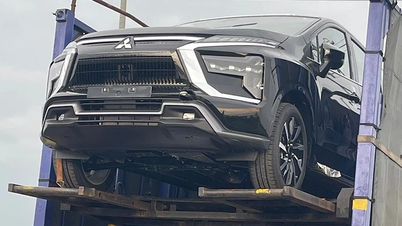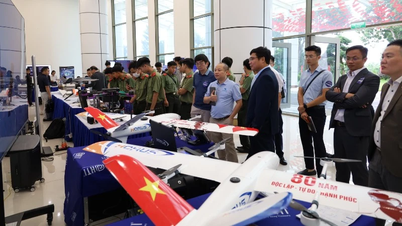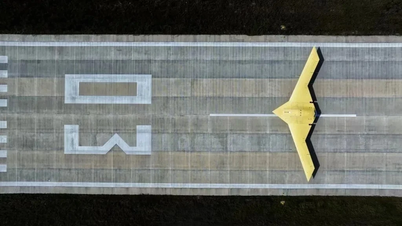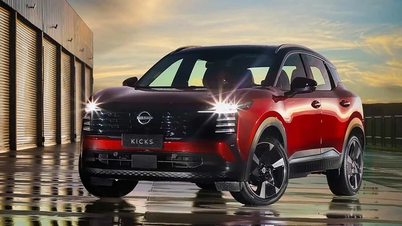How does ABS work on gasoline cars?
In traditional cars, when the driver steps on the brake, this force is transmitted through hydraulic oil to the brake caliper (brake caliper), forcing the brake pads to clamp tightly onto the disc to decelerate. ABS now plays a role in monitoring the wheel rotation speed. If it detects that the wheel is at risk of locking, ABS will quickly release and continuously tighten the brake in a split second to maintain traction, helping the car stop safely without losing control.
ABS on electric and hybrid vehicles
Unlike gasoline cars, electric/hybrid cars have regenerative braking. When decelerating, the electric motor reverses, acting as a generator to recover energy to the battery, while also creating resistance to help the car slow down.

Regenerative braking and mechanical braking are coordinated by the ECU in parallel. Under light braking conditions or when the battery still has charge capacity, the system will prioritize regenerative braking to both decelerate and charge the battery. Conversely, when braking hard, driving slowly or the battery is full, the mechanical braking will take over.
In an emergency situation, both systems can operate together. If the risk of wheel lockup occurs, ABS will intervene: reducing the regenerative braking force, while adjusting the hydraulic pressure to keep the vehicle stable.

Thus, ABS on electric vehicles is still the same in principle but has the added task of coordinating with regenerative braking, to optimize both safety and energy efficiency.
Difference in brake pad wear
One notable point is that the brake pads on electric vehicles do not wear out as regularly as those on gasoline vehicles.
Specifically, with FWD (front-wheel drive) electric vehicles, the front electric motor will take on most of the regenerative braking, so the front pads wear less, while the rear pads wear faster.

For RWD (rear-wheel drive) electric vehicles, the regenerative braking force is concentrated on the rear wheels, so the rear pads are more durable, the front pads have to work harder when braking mechanically. With AWD (4-wheel drive) electric vehicles, the braking force is distributed more evenly, but it still depends on how the manufacturer fine-tunes it.
On petrol/diesel vehicles, the front brake pads tend to wear out faster because the weight of the vehicle is transferred to the front axle when braking. But on electric vehicles, the difference can be reversed, making brake inspection and maintenance more important.
Source: https://khoahocdoisong.vn/he-thong-branh-abs-tren-oto-dien-khac-gi-so-voi-xe-xang-post2149047533.html





![[Photo] General Secretary To Lam attends the 80th anniversary of Vietnam's diplomacy](https://vphoto.vietnam.vn/thumb/1200x675/vietnam/resource/IMAGE/2025/8/25/3dc715efdbf74937b6fe8072bac5cb30)

























































































Comment (0)